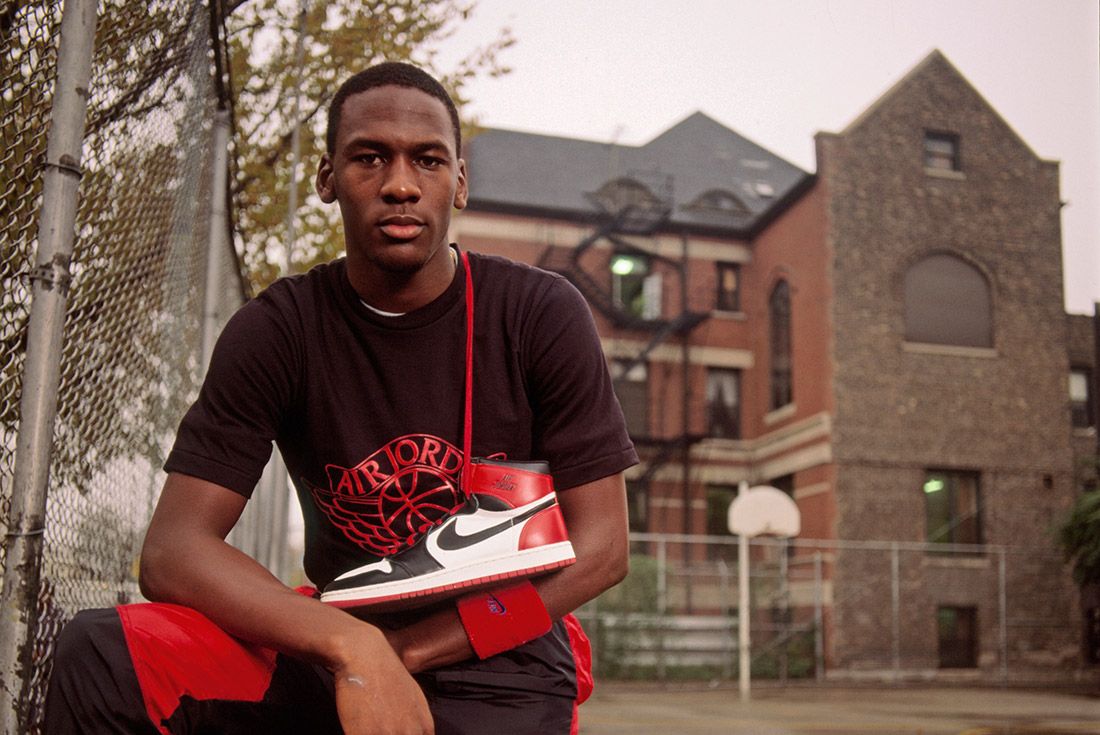Analysis
Jan 17, 2025
Evolution of Sponsorships
Sports sponsorships have moved beyond logos on kits and stadium hoardings. Brands now demand deeper integration, measurable ROI, and genuine fan engagement. The best sponsorships don’t just exist in the background—they enhance the fan experience.
The Shift from Traditional Sponsorships
For years, sponsorship in sport meant visibility—logos on shirts, billboards, and broadcast graphics. While this built brand recognition, it lacked real interaction. Today, brands want more than passive exposure. They want engagement, storytelling, and data-driven results.
How Sponsorships Are Evolving
Virtual Advertising – Technology now allows brands to insert digital ads into live broadcasts. The NHL’s digitally enhanced dasherboards replace static rink-side ads with dynamic content tailored for different audiences.
Product Integration – Instead of just sponsoring an event, brands are embedding their products into the action. During the Paris 2024 Olympics, athletes were given Samsung phones to capture selfies at the podium, making the brand part of the moment.
Branded Fan Experiences – Sponsors are creating interactive fan zones, exclusive digital content, and augmented reality activations that give fans a reason to engage beyond the game itself.
Data-Driven Partnerships – Brands are leveraging fan data to personalise campaigns, ensuring sponsorships reach the right audience at the right time.
The Benefits of Modern Sponsorships
Stronger Fan Engagement – Done right, sponsorships feel like an enhancement, not an interruption. Fans engage because the brand adds value.
Clearer ROI – Advanced analytics allow brands to track engagement, conversions, and sentiment, making sponsorships more accountable.
Flexibility Across Platforms – Digital tools allow brands to tailor sponsorships for different audiences, adjusting messaging across broadcast, social, and in-person activations.
The Challenges
Balancing Commercialisation – Overloading fans with sponsorships can backfire. Brands need to add value, not clutter.
Tech Implementation – Digital sponsorships require investment in infrastructure, content creation, and analytics to be effective.
Regulations and Compliance – Sponsorship in sports is tightly regulated, particularly around betting, alcohol, and youth-focused marketing. Brands must navigate these rules carefully.
The Future of Sports Sponsorship
Brands that embrace integrated, experience-led sponsorships will win. Passive logo placements are no longer enough. The focus is now on how brands can enhance the fan experience while delivering measurable results.
Sponsorship isn’t just about visibility anymore—it’s about impact.
Interested in finding out more? Get in touch with a member of our team today or read more about Dropshot and read which services we regularly help other brands in the sports world.

